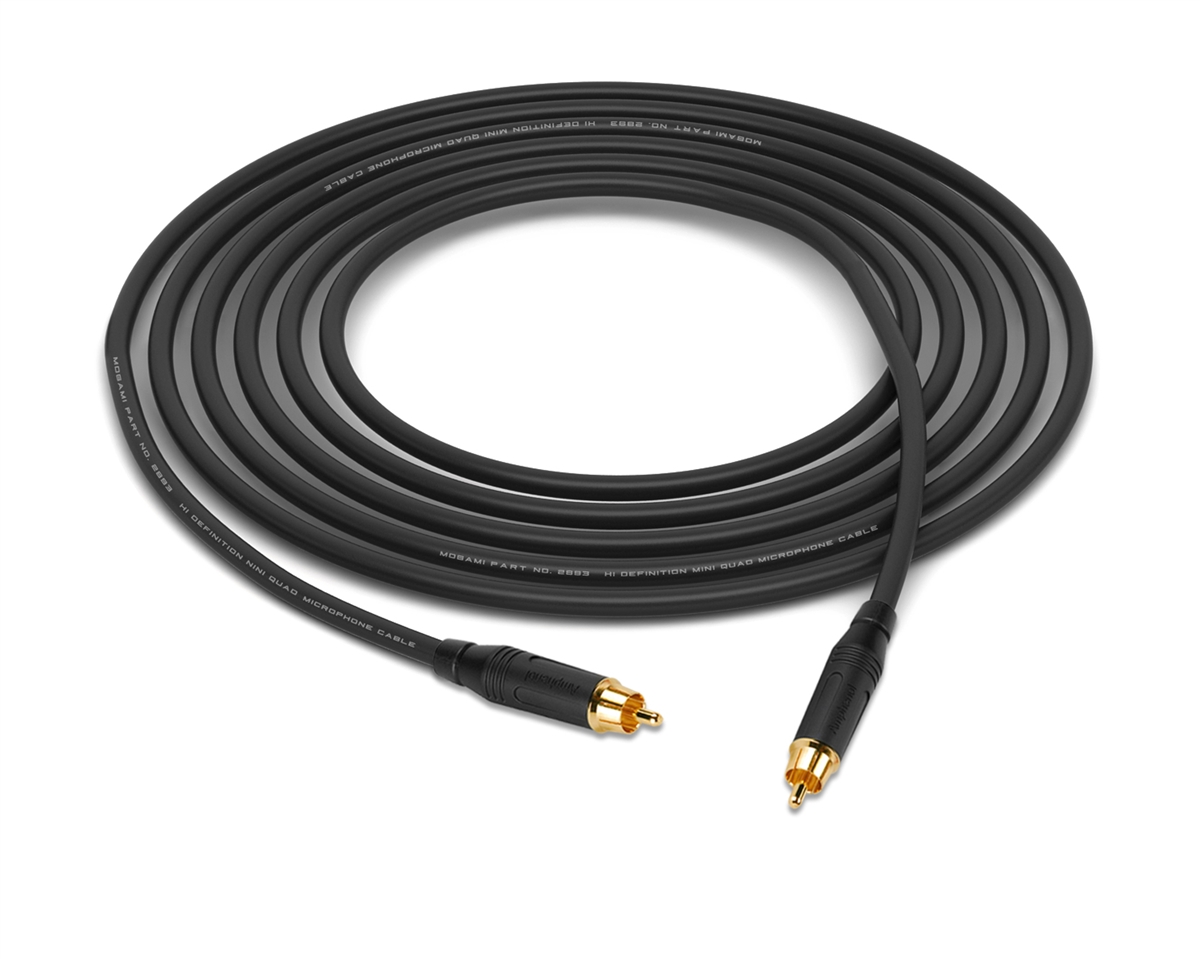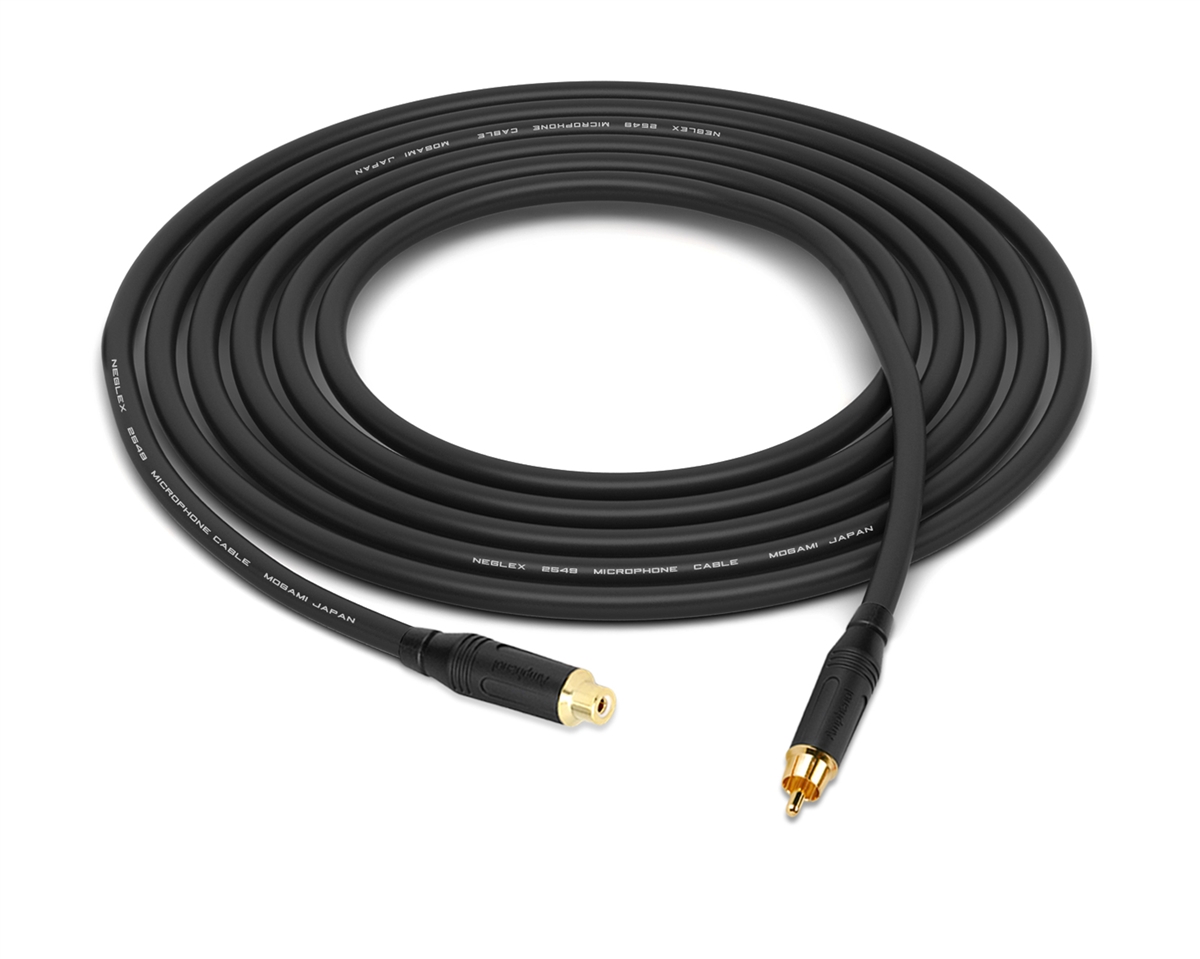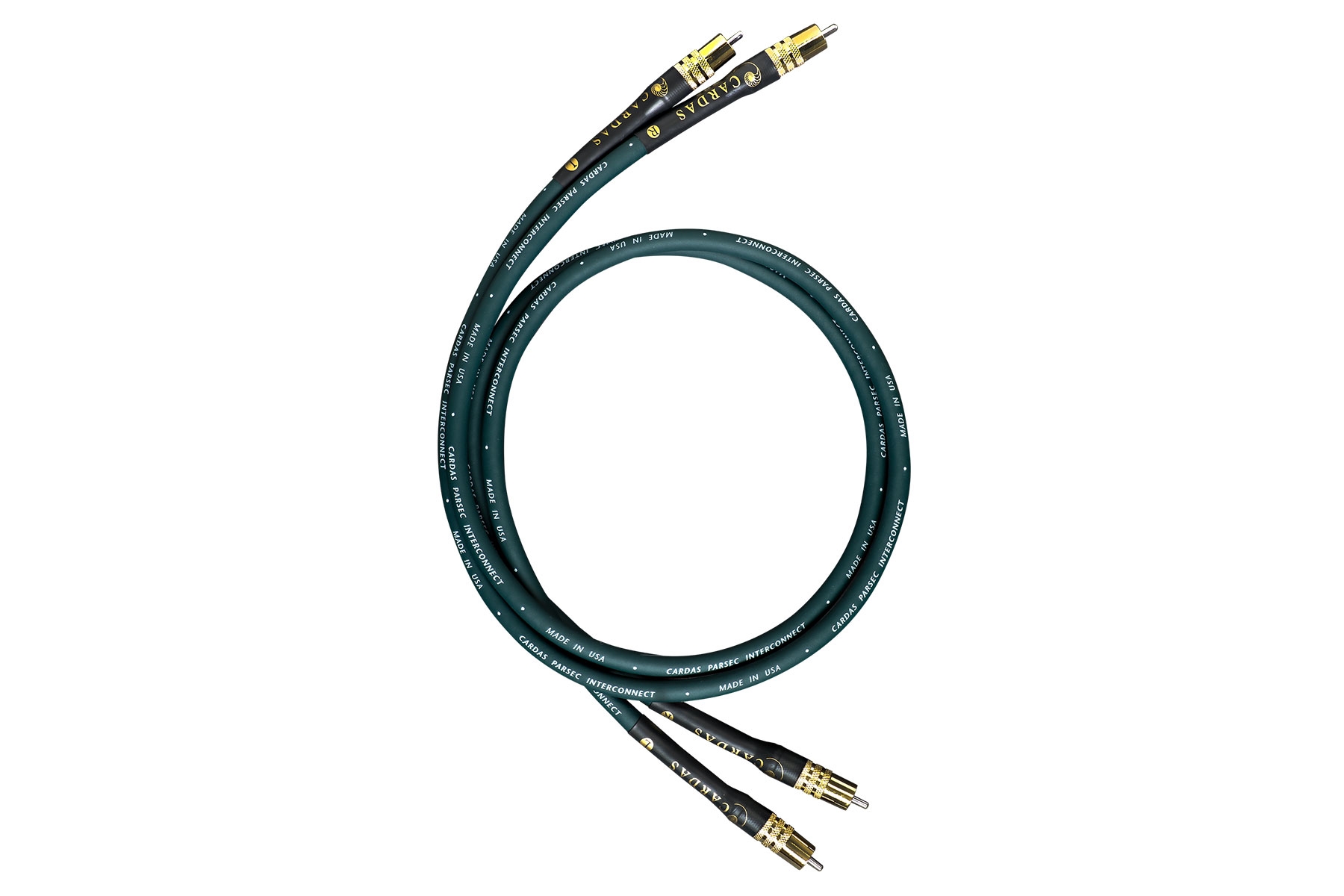Blog 23 | Quick guide to Audio Cables | Part 2November 27, 2024 - Posted by Mash Maximus
This week we will talk about unbalanced, instrument, and speaker cables. Our last post on
cables was all about balanced XLR and TRS cables. If you haven’t seen that already, go HERE.
 To put it in simple terms, unbalanced cables have a positive or “Hot” connection and a Ground or Sleeve. That’s it. They are explicitly different from balanced connections due to the missing Neutral. If you are physically looking at an unbalanced cable connector, it will likely have just 2 points of contact. For ¼” cables, there will be a Tip and a Sleeve (One Black ring just below the tip). RCA cables will have a prong in the middle that is the “Hot”, surrounded by a ring that is the Sleeve/Ground. Passive speakers sometimes use a type of connector called Speakon. This locking connector also has 2 pins in its most common iteration. Even though multi-pin versions exist, they all do the same basic job. More on all this later. Generally, we recommend keeping unbalanced cables below certain lengths to avoid potential noise and interference issues. There are no set rules about what these lengths should be, but without getting into too much technical detail, the simple idea is that any cable can behave a bit like an antenna in noisy or interference-heavy environments. This potential is greatly increased when the cables in question are unbalanced. So, the more efficient your cabling lengths are, the better.Let’s break down each type and discuss their most common uses.¼” TS Cables TS (tip-sleeve) cables are designed specifically for unbalanced, instrument-level signals. These are the go-to choice for connecting guitars, basses, synths, and other instruments to amplifiers, audio interfaces, and pedal boards. ¼” TS speaker cables can also be amp head to speaker cabinet cables. If you are a guitar or bass player, you know what this is. They utilize the exact same ¼” TS connector with the only difference being the physical cable. Since amplifiers output loaded signals, a heavier gauge cable with proper shielding is recommended for speaker applications. In a pinch, you can totally use a ¼” TS speaker cable as a guitar cable but not the other way around. There are many good reasons why instrument and speaker cables are sold separately, even though they use the same connector type. Don’t mix and match them, please. We offer ¼” TS cables in customizable lengths from 6 inches up to 40 feet. While the color options are more limited, our TS cables provide stellar performance for your unbalanced needs. We use bulk cable from a number of well-known brands like Mogami, Gotham, Canare, and Sommer. We also offer some more premium options from Grimm, Vovox, and Evidence Audio. Finally, we offer 2-Channel ¼” TS snakes for certain 2-channel instrument applications, as well.       RCA Cables RCA (phono) cables are the ubiquitous interconnect for home audio and some professional gear. Whether you're connecting a turntable to a preamp, a Blu-ray player to a receiver, or a mixing console to outboard gear, RCA cables get the job done. Almost everyone has encountered RCA cables at some point in their lives. If you have ever looked behind a TV, there is a very high chance that there were RCA connectors in the back for audio and component outputs. Older radios, home theater systems, and even some live mixers still use RCA connections.       Our RCA cables come in customizable lengths ranging from 1 feet to 40 feet from brands like Mogami, Canare, Gotham, and Grimm. We also offer configurable RCA cables with RCA-Female connectors on one or both ends, in case you need to extend an existing cable. Audiophiles will appreciate some of our premium options like these Cardas RCA cables.   Speakon Cables If you have ever dealt with live sound reinforcement, then you are familiar with Speakon cables. They are the trusty twist-to-lock connectors we have come to associate with professional sound reinforcement. Speakon connectors are unique in that they don’t look like anything else (except Neutrik PowerCon connectors, but we will deal with that later). They have connection pins inside the connector barrel that make contact with the mating pins on whatever device they are connecting to once the connector is inserted and twisted until the latch clicks locked. This ensures a tight and secure connection. The last thing you want during a live event is for one of your speakers to get unplugged; therefore Speakon cables were an answer to regular ¼” TS speaker cables that are prone to getting unplugged easily. Nowadays some guitar and bass amps also come with Speakon panel connectors on the back in place of the more traditional ¼” TS panel connectors. We offer a small but mighty range of Speakon cables from Mogami, Gotham, and Evidence Audio. Browse through our selection of customizable Speakon cables that also includes Speakon to Banana plugs, Spade lugs, and ¼” TS combinations.       While this is not an exhaustive guide by any means, we hope it gives you some clarity on what to look for when you need unbalanced cables. We will continue this cable guide series in the upcoming weeks so stay tuned if you want to learn more about the cables that connect all your stuff.
Contact Pro Audio LA today via text, call, or email if you have any questions about the cables you need. |